A big tawa for a restaurant would typically refer to a large and sturdy cooking griddle used to prepare a variety of dishes in bulk. Tawas are commonly used in restaurants, especially those serving Indian cuisine, for making items like dosas, chapatis, parathas, and more.
Table of Contents
Key Features Of A Big Tawa For Restaurant
Here are some considerations when looking for a big tawa for a restaurant:
- Size: Depending on your restaurant's needs, you'll want to choose a tawa with a suitable size. Restaurant-grade tawas can range from 24 inches to 36 inches in diameter or even larger. The size of the tawa should be based on the volume of food you need to cook.
- Material: Tawas are often made from materials like cast iron, carbon steel, or stainless steel. Cast iron tawas are known for their excellent heat retention and even cooking, which is important for items like dosas. Stainless steel tawas are durable and relatively easy to maintain.
- Thickness: A thicker tawa tends to distribute heat more evenly, preventing hotspots and allowing for consistent cooking results.
- Non-Stick Coating: Some commercial tawas come with a non-stick coating, which can be useful for certain dishes and reduce the need for excessive oil or ghee. However, the non-stick coating should be of high quality to withstand the demands of a restaurant kitchen.
- Handles: Look for tawas with sturdy and heat-resistant handles that make it easier to move and manage the tawa during cooking.
- Commercial Grade: Make sure the tawa you choose is designed for commercial use and can withstand the demands of a busy restaurant kitchen.
- Brand and Quality: Invest in a reputable brand like Meyer that is known for producing quality cookware. Commercial kitchen equipment tends to be more durable and able to withstand heavy usage.
- Maintenance: Proper maintenance is key to prolonging the life of your tawa. Seasoning (for cast iron or carbon steel) and regular cleaning routines are important.
- Cost: Commercial-grade tawas can vary in price based on the size, material, and brand. While it's important to stay within your budget, investing in a high-quality tawa can pay off in the long run due to its durability and performance.
Types Of Big Tawa For Restaurant:
Here are some types of tawas that are commonly used in restaurants and their features:
- Cast Iron Tawa:
- Features: Cast iron tawas are known for their excellent heat retention and even distribution. They can achieve high temperatures, making them suitable for dishes that require quick cooking.
- Advantages: They provide a traditional cooking experience and are durable enough to withstand the demands of a restaurant kitchen. With proper seasoning and care, cast iron tawas can develop a natural non-stick surface over time.
- Considerations: Cast iron tawas can be heavy, so handling and maintenance require extra care. They might need regular seasoning to maintain their non-stick properties.
- Carbon Steel Tawa:
- Features: Carbon steel tawas also offer good heat distribution and retention. They are lighter than cast iron but still provide efficient cooking results.
- Advantages: Carbon steel tawas heat up relatively quickly and are ideal for cooking thinner items like dosas and crepes. They can develop a non-stick surface with proper seasoning and usage.
- Considerations: Similar to cast iron, carbon steel tawas require proper care, seasoning, and maintenance to prevent rusting.
- Stainless Steel Tawa:
- Features: Stainless steel tawas are durable, easy to clean, and resistant to rust and staining. They heat up fairly quickly and offer even cooking results.
- Advantages: Stainless steel tawas are low-maintenance and suitable for high-volume cooking in a restaurant setting. They are also relatively lightweight and can handle a variety of dishes.
- Considerations: While stainless steel tawas might not have the same heat retention as cast iron or carbon steel, they are still a versatile option for restaurant use.
- Non-Stick Coated Tawa:
- Features: Non-stick coated tawas have a layer of non-stick material that allows for easy cooking with minimal oil. They are popular for dishes that require less oil or ghee.
- Advantages: Non-stick tawas are convenient and reduce the risk of food sticking. They require less seasoning and maintenance compared to cast iron or carbon steel tawas.
- Considerations: The non-stick coating can wear off over time, especially in a high-heat commercial kitchen environment. Choose high-quality non-stick coatings to ensure longevity.
Ultimately, the choice of tawa for your restaurant depends on factors such as the types of dishes you'll be preparing, your cooking preferences, and your kitchen's demands. Many restaurants opt for cast iron, carbon steel, or stainless steel tawas due to their durability and cooking performance. Make sure to invest in commercial-grade tawas that can withstand heavy use and contribute to the success of your restaurant's culinary offerings.
Is Big Tawa Useful For A Restaurant?
Yes, a big tawa (large cooking griddle) can be extremely useful for a restaurant, especially if your menu includes dishes like dosas, chapatis, parathas, and other similar items. Here are some reasons why a big tawa can be beneficial for a restaurant:
- Efficient Cooking: A large tawa allows you to cook multiple items simultaneously, making it more efficient to prepare larger quantities of food. This is crucial in a restaurant setting where you need to serve a high volume of customers.
- Consistent Results: A big tawa provides ample cooking space, ensuring that all items are cooked evenly and consistently. This is essential for maintaining the quality and taste of your dishes.
- Customization: With a larger cooking surface, you can offer customizable options to your customers. For example, you can prepare dosas with different fillings and ingredients based on individual preferences.
- Quick Turnaround: The ability to cook multiple items at once can speed up your kitchen operations, reducing wait times for customers and improving overall customer satisfaction.
- Menu Variety: A big tawa allows you to expand your menu by offering a wider range of dishes that require flatbread or crepe-style cooking.
- Traditional Flavors: Dishes prepared on a tawa often have a distinctive and authentic flavor that customers appreciate.
- Showcase Cooking: In an open kitchen setup, cooking on a big tawa can be a visual attraction for diners as they can watch their food being prepared in front of them.
- Multi-Tasking: Beyond flatbreads, you can use a big tawa for various other tasks like searing vegetables, toasting spices, or making omelets.
- Adaptability: Depending on the type of tawa (cast iron, carbon steel, stainless steel, or non-stick), you can choose the one that best suits your cooking style and preferences.
- Traditional Touch: Using a large tawa can add a touch of tradition and authenticity to your restaurant's culinary offerings.
Conclusion:
However, it's important to note that a big tawa requires proper handling, maintenance, and storage due to its size and weight. It might take some practice to become proficient in using a larger tawa effectively. Additionally, ensure that your kitchen setup can accommodate the size of the tawa and that your staff is trained in using it safely and efficiently.
In conclusion, a big tawa can indeed be a valuable addition to a restaurant's kitchen, enhancing your cooking capabilities and allowing you to offer a diverse and high-quality menu to your customers.


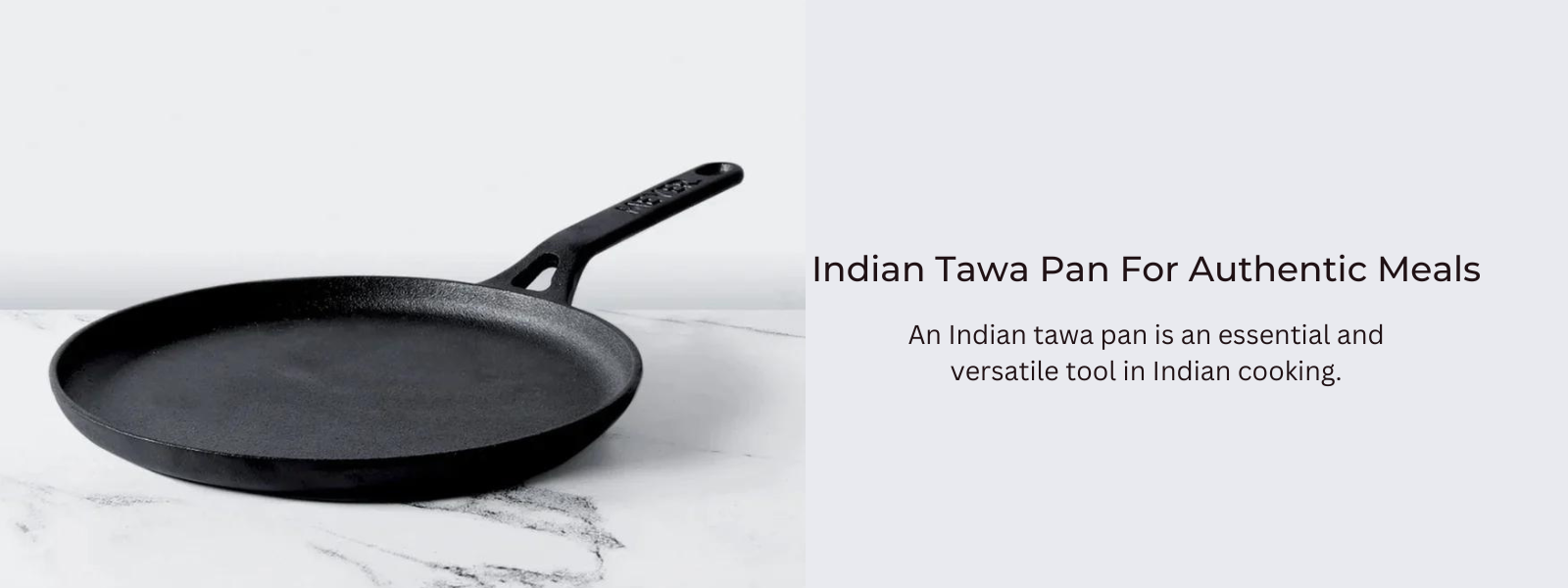
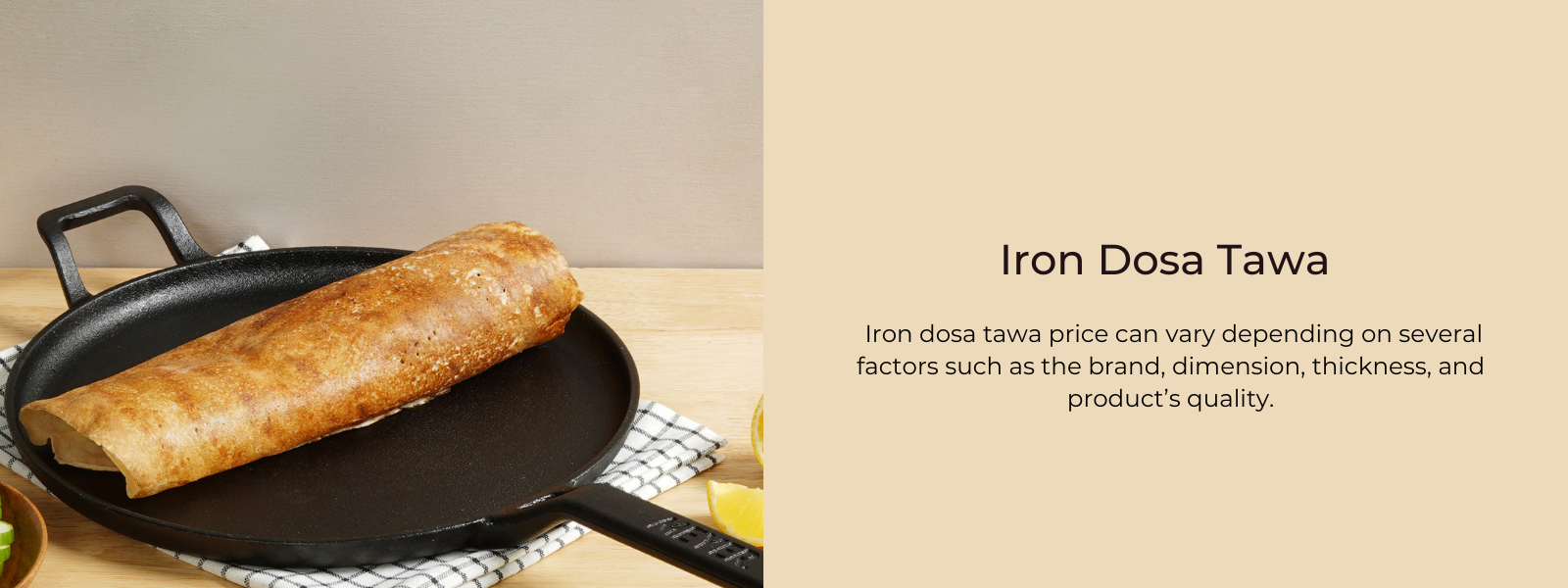
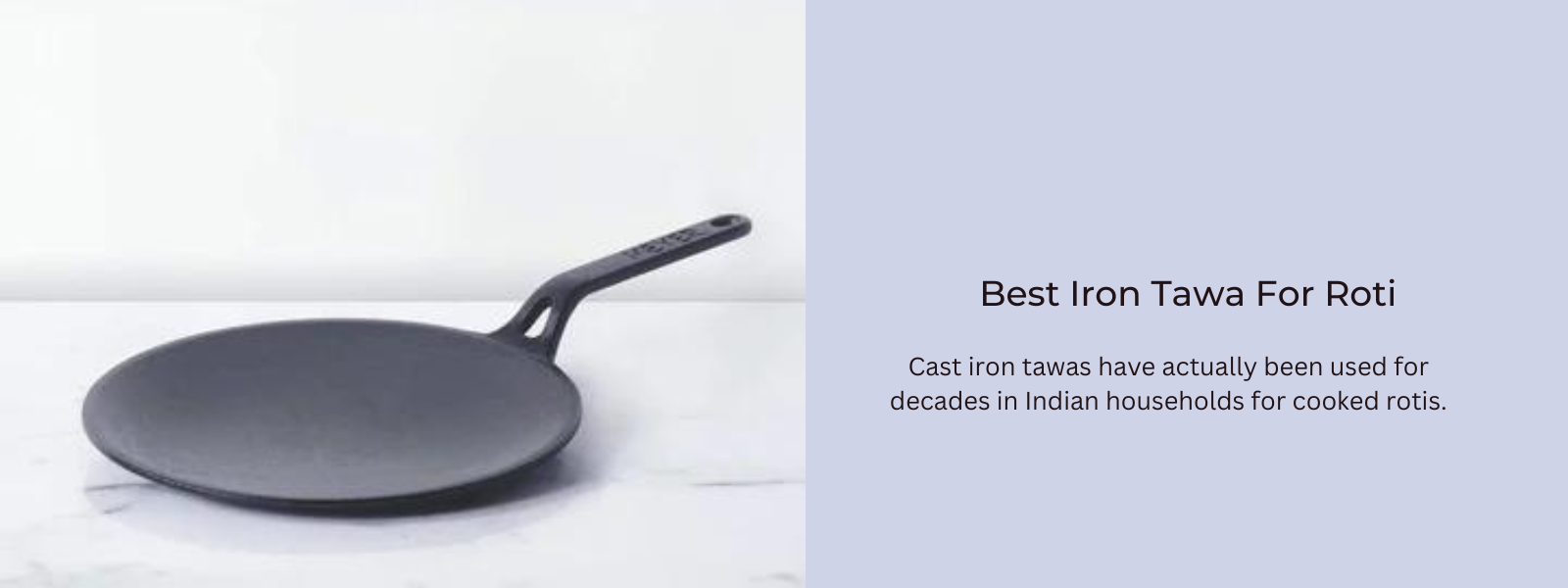
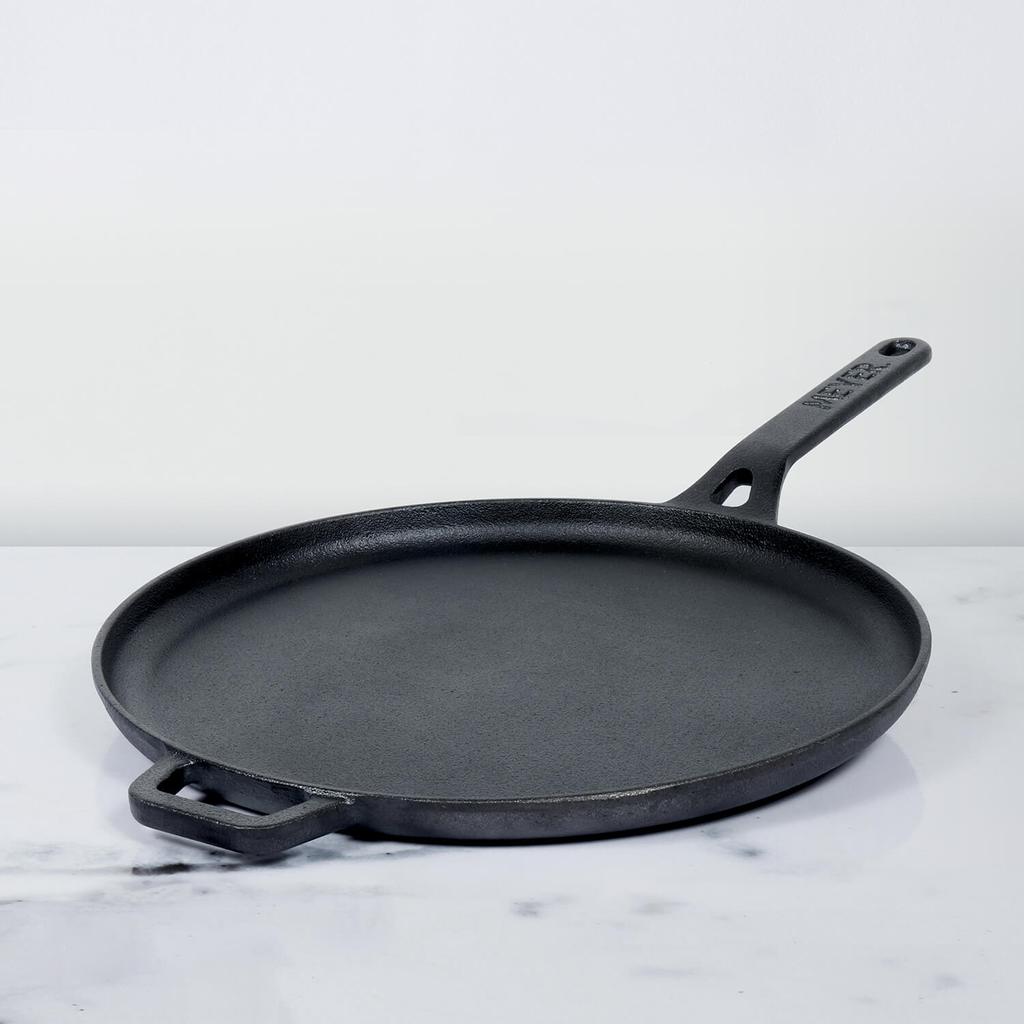
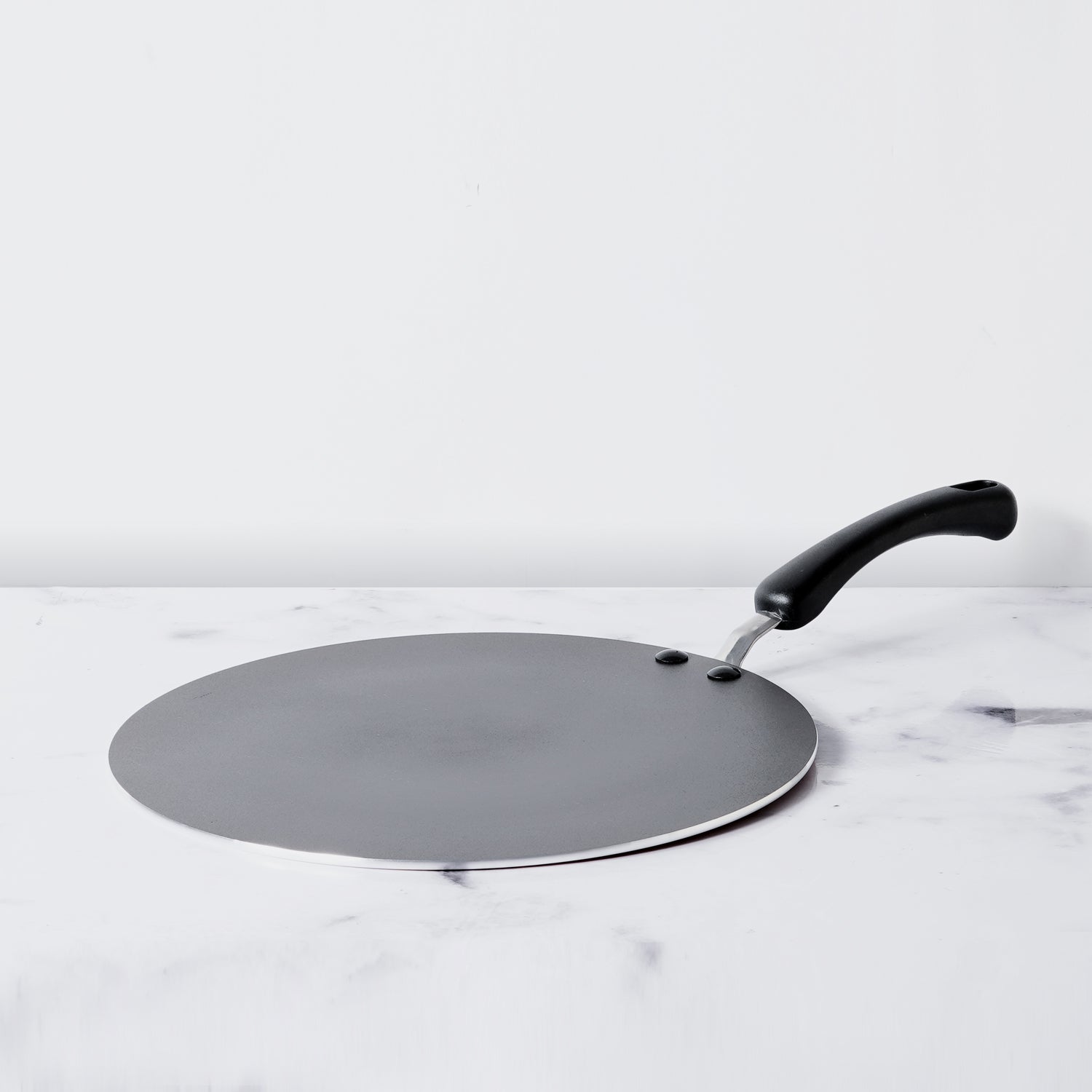




Leave a comment